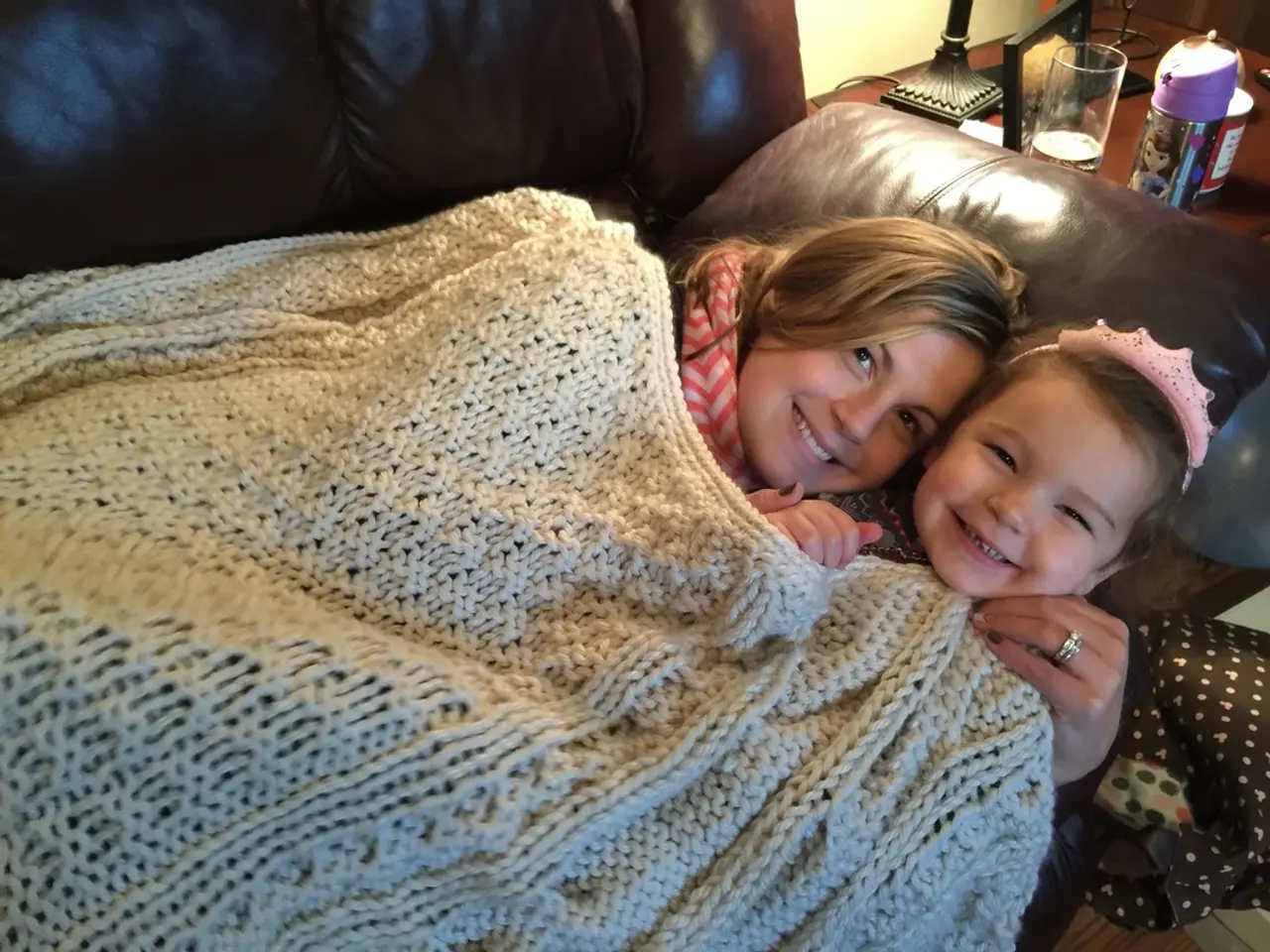Achieve a lavish touch by incorporating materials like velvet, leather, and silk for a textural experience
Article: Material Mixing in Upscale Spaces
Design professionals are turning to material mixing as a key strategy in creating visually striking and tactilely appealing upscale interiors. By combining materials with varying physical qualities, such as heavy and light, rough and smooth, or matte and shiny, they craft dynamic spaces that are both refined and harmonious.
One of the fundamental techniques in material mixing is contrasting materials. Combining solid, heavy materials like concrete or stone with light, dynamic ones such as wood slats or glass introduces tension and balance, preventing monotony and adding depth. For example, pairing concrete with warm wood tones creates a tactile interplay of heaviness and lightness that communicates sophistication.
Textural layering is another essential technique. Layering different textures from floor to ceiling—rugs, upholstery, pillows, window treatments—builds a rich, curated environment without clutter. Combining soft fabrics (velvet, silk) with rougher elements (wood grain, rattan) or sleek surfaces (glass, metal) harmonizes the space while keeping visual interest high.
Material contrast for emotional impact is another technique that designers employ. Mixing wood (organic, cozy) with metal (sleek, formal) in cabinetry or furnishings evokes distinct emotional responses and elevates the perceived luxury of an area. Designers pay attention to finishes, such as pairing dark woods with light metals, to optimize contrast and elegance.
Harmonizing colour and texture is crucial in maintaining cohesion between different styles (modern/traditional) and bold colours. Professionals balance bold colours with neutrals and unify different styles through shared material palettes or textural themes, ensuring eclectic mixes still feel cohesive and upscale.
Pattern and scale play complement material mixing by combining diverse scales and types. This approach creates richness and layering without chaos by thoughtfully curating materials that complement and offset each other, highlighting their unique qualities and reflecting light and shadow to enrich space.
In small spaces, contrasting materials can make them appear larger through scale manipulation. Success lies in balancing colour relationships and material dialogues that engage both eyes and fingertips. Materials like hammered metal near windows maximize their drama under light. Choosing fabrics is like composing a symphony - every element must harmonize while playing its unique part. Texture layering is like jazz - structured rules with room for improvisation.
Throws, pillows, and rugs transform flat spaces into dimensional experiences. Draping a chunky knit blanket diagonally across a sofa creates depth, while a nubby alpaca rug warms up a cold leather couch. Scale matters more than most realize - pairing substantial elements with delicate ones creates rhythm.
Rotating seasonal pieces keeps arrangements feeling fresh without major redecorating, and unexpected lessons can be learned from light - morning sun reveals hidden textures. Introducing pattern doesn't require bold prints to shine, and a nubby jute rug pairs beautifully with sleek leather pillows, while shaggy options demand simpler fabric companions.
In conclusion, material mixing is a hallmark of upscale design, injecting personality, tactile interest, and visual depth essential for luxury interiors.
- To elevate a space's perceived luxury, designers often employ material contrast in cabinetry or furnishings, such as combining wood (organic, cozy) with metal (sleek, formal).
- In creating visually striking and tactilely appealing interiors, material layering from floor to ceiling, like rugs, upholstery, pillows, and window treatments, is another essential technique.
- By combining various textures and materials, designers can craft harmonious yet dynamic upscale spaces, preventing monotony and adding depth through contrasting materials.
- In small spaces, contrasting materials can make them appear larger through scale manipulation, balancing color relationships and material dialogues that engage both eyes and fingertips.
- Accessories like throws, pillows, and rugs can transform flat spaces into dimensional experiences, creating depth with substantial elements and delicate ones, thereby achieving a rhythmical balance.





